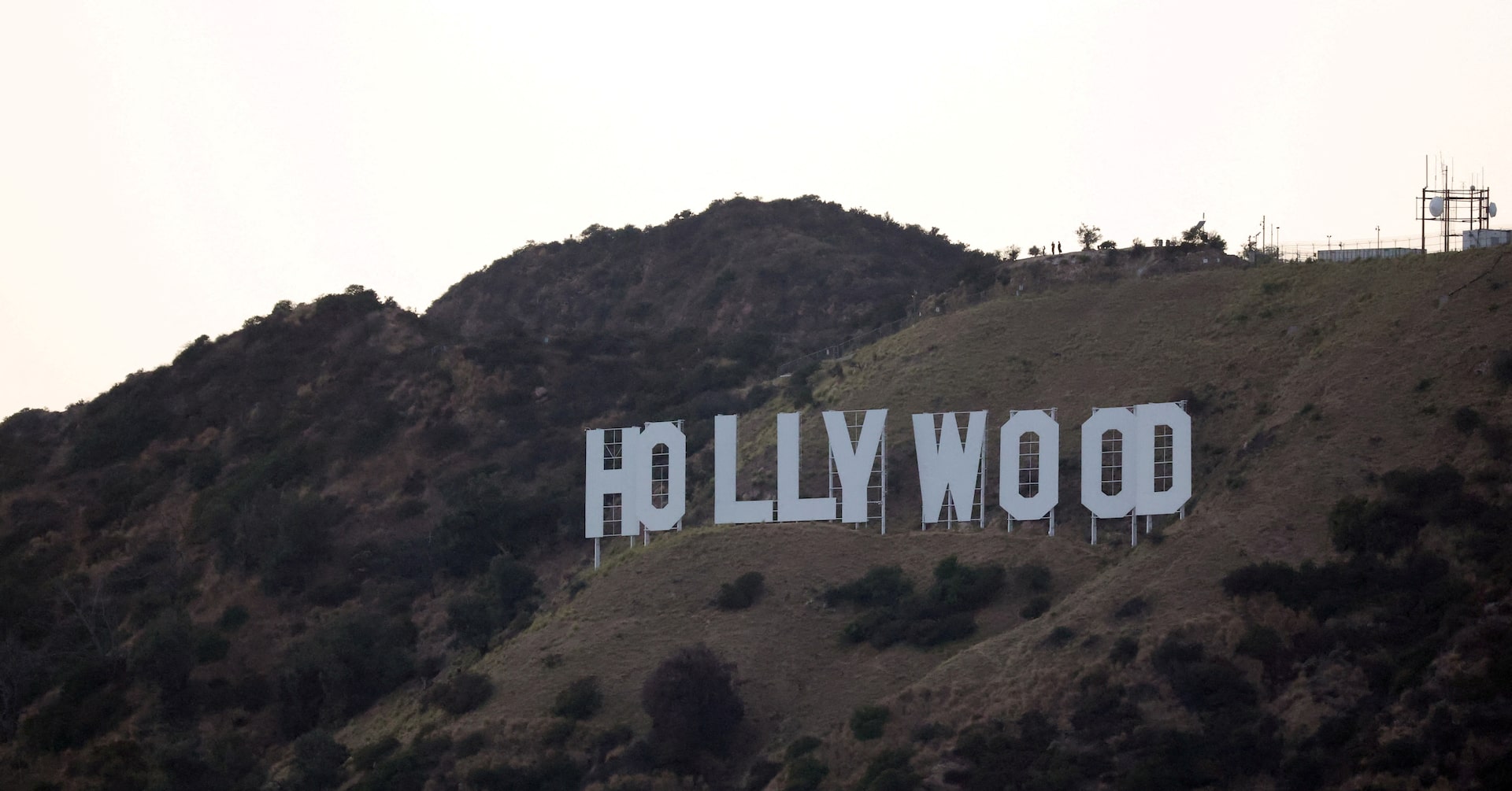Hollywood Shakeup: Trump Proposes Radical 100% Import Tariff on Foreign Film Productions

In a surprising move that has sent shockwaves through the global entertainment industry, President Donald Trump unveiled a dramatic new trade policy targeting international film production. The administration has proposed an unprecedented 100% tariff on all movies created outside the United States, potentially reshaping Hollywood's global landscape.
The sweeping measure aims to protect and prioritize domestic film production, effectively making foreign-produced movies significantly more expensive to import and distribute in the American market. This bold economic strategy could have far-reaching consequences for international studios and distributors who rely on the lucrative U.S. film market.
Industry experts are already speculating about the potential impact on global cinema, with concerns that the tariff might trigger retaliatory measures from other countries and disrupt the long-standing international film trade. Filmmakers, studios, and entertainment executives are closely monitoring the developments, uncertain about how this unprecedented policy might transform the global entertainment ecosystem.
While the details of implementation remain unclear, the announcement signals a dramatic shift in the Trump administration's approach to trade and cultural industries, potentially creating significant challenges for international film producers seeking to reach American audiences.
